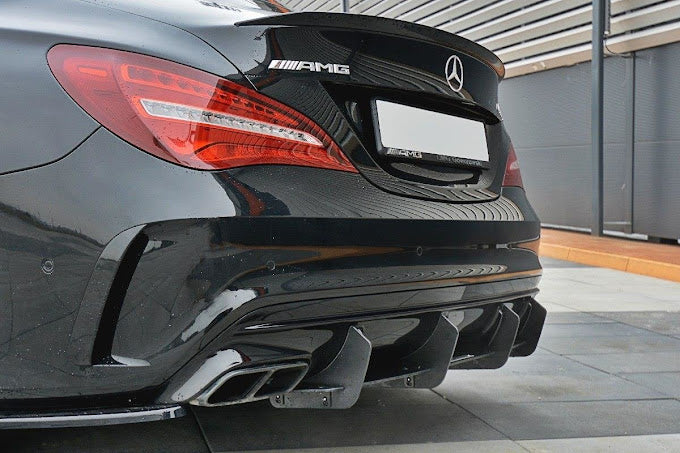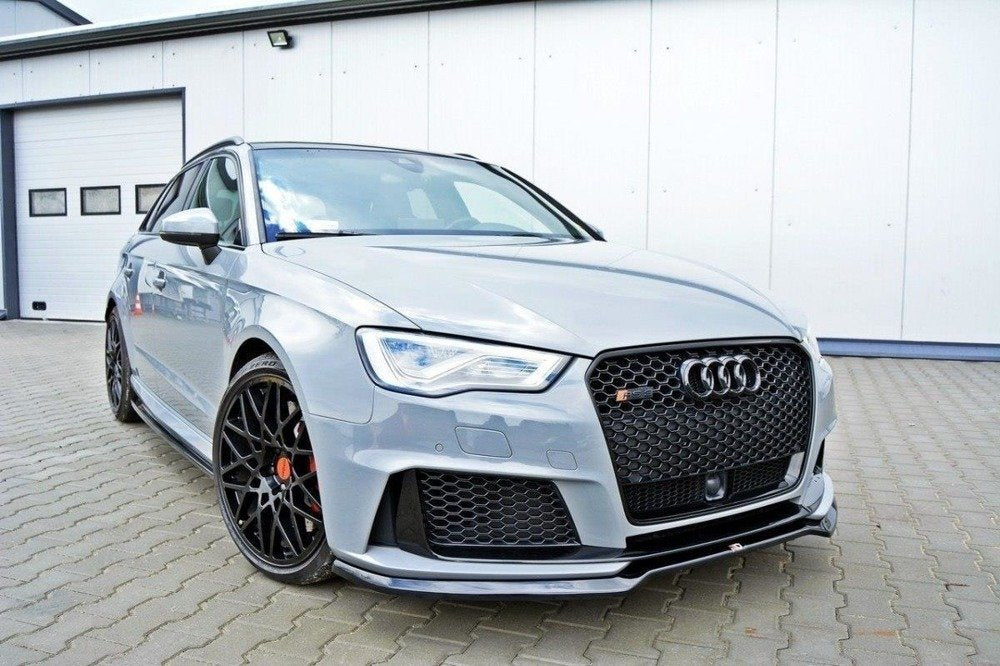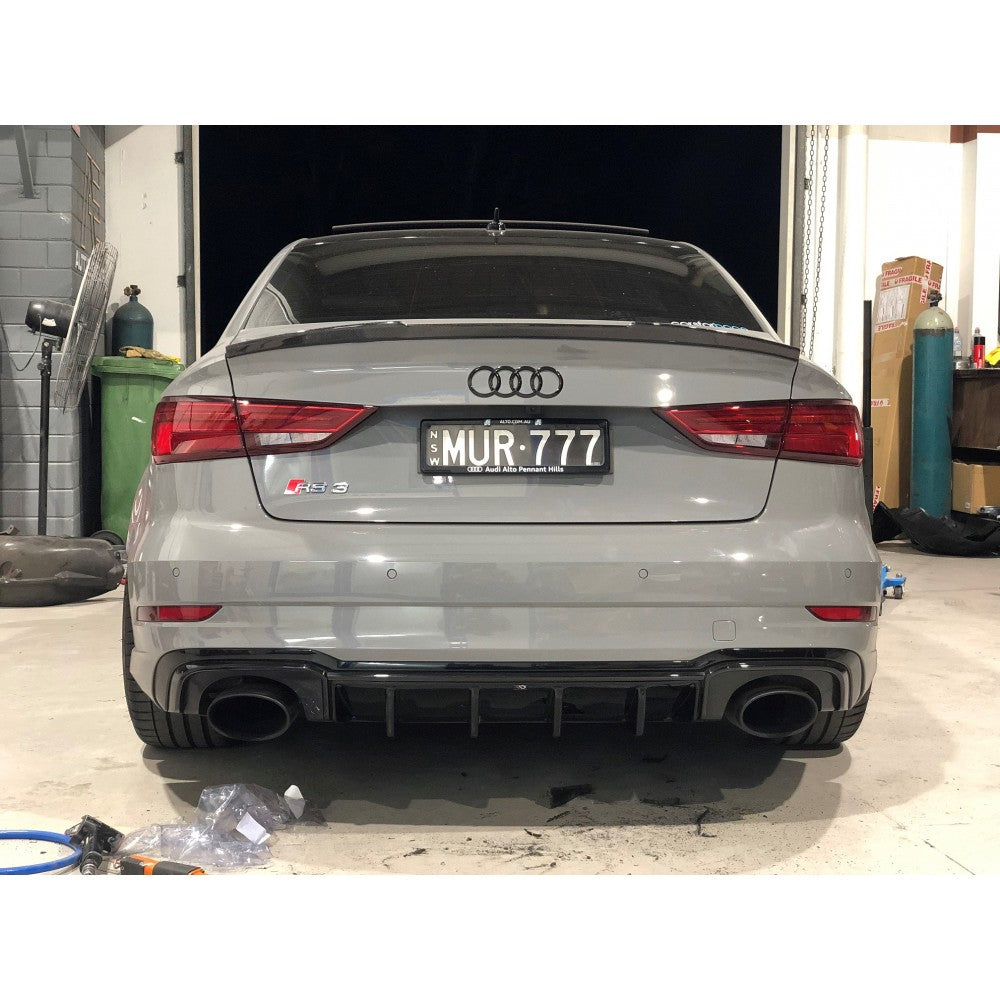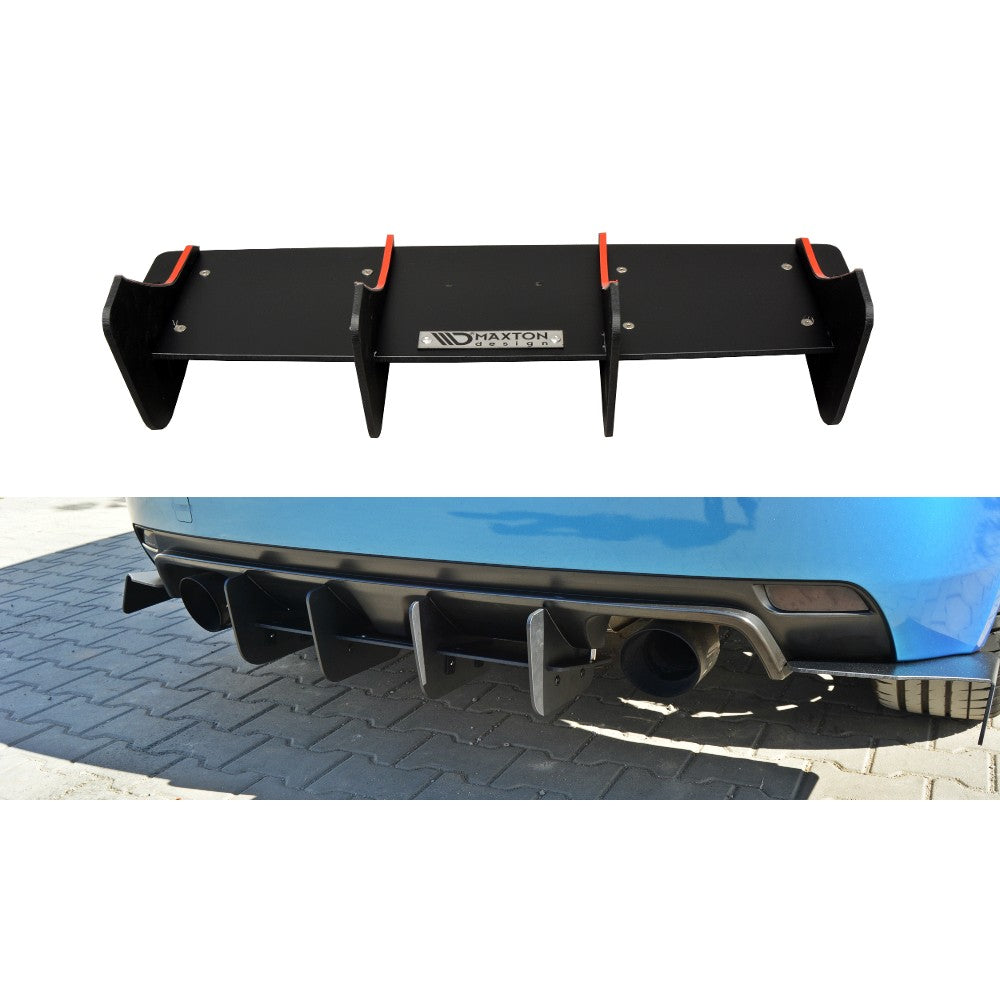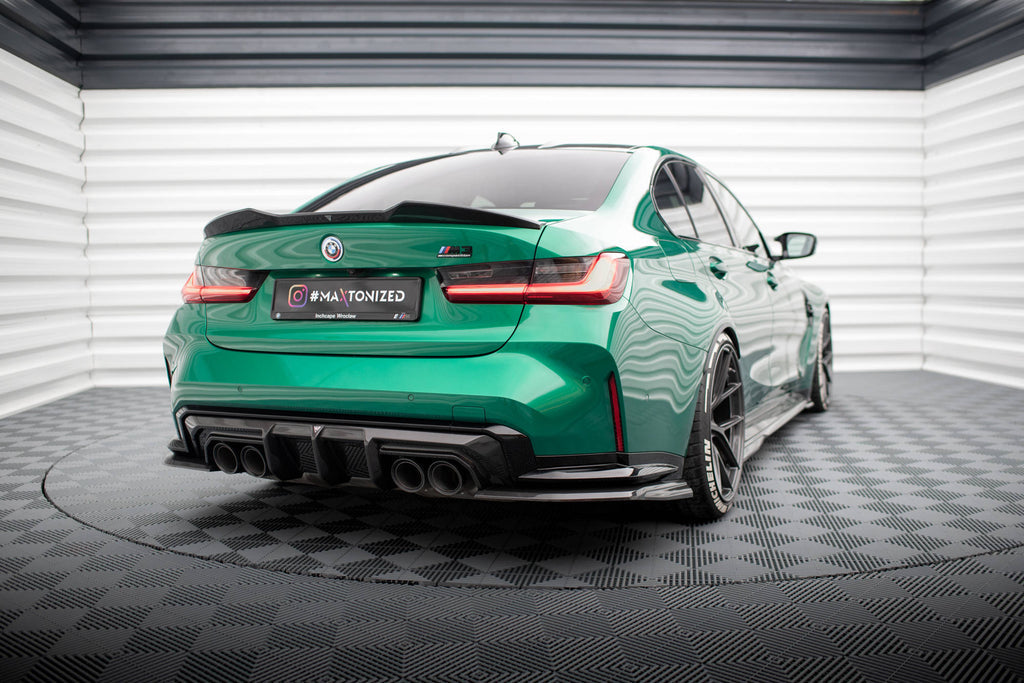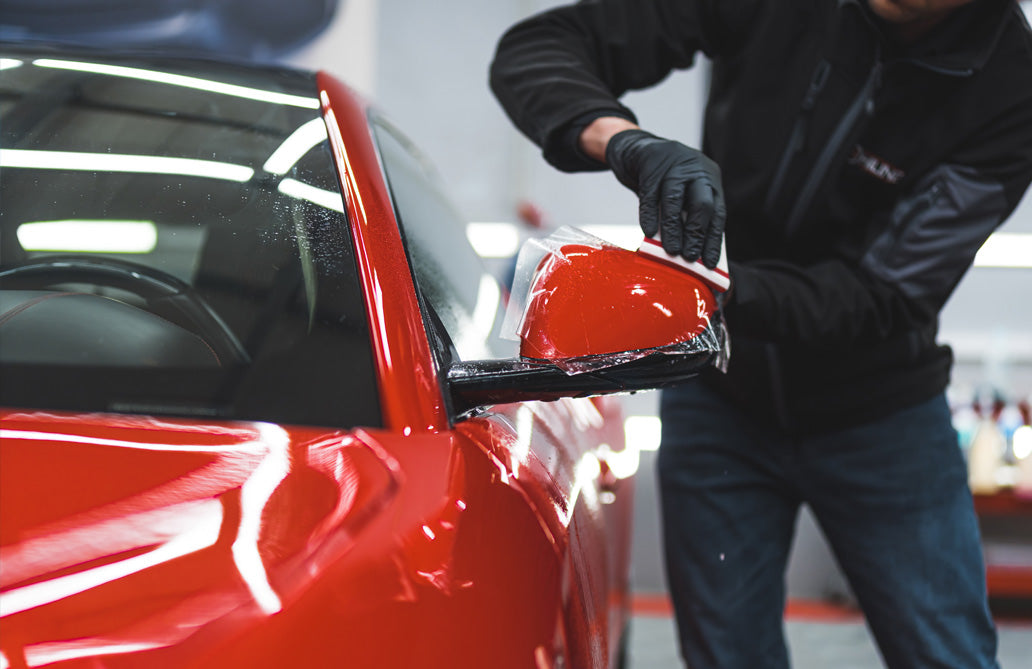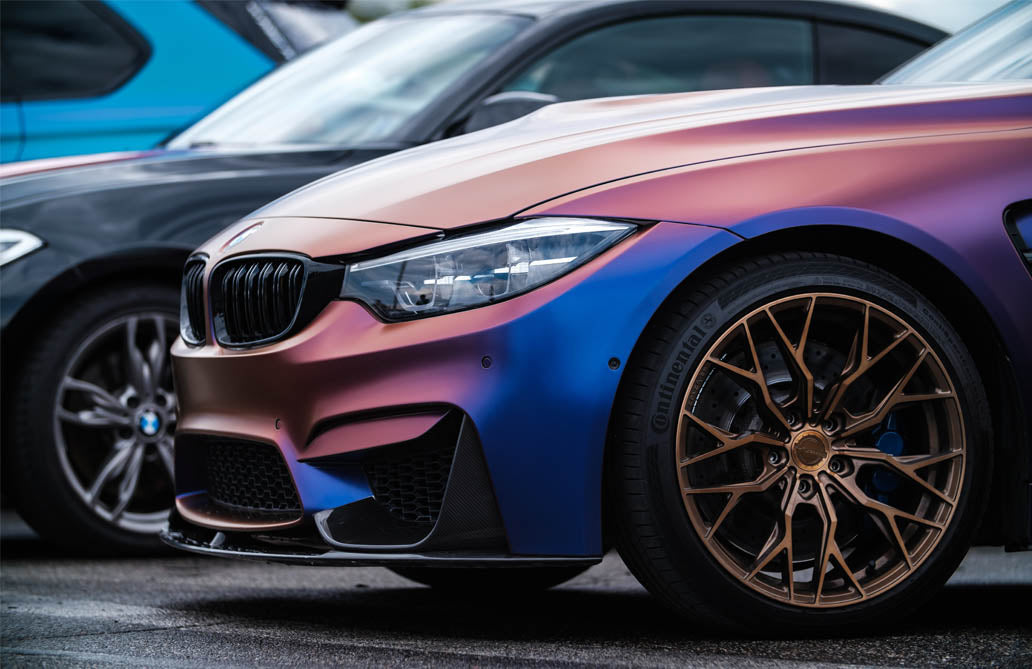Do you fancy giving your car a unique aesthetic appeal? You’re not alone! Car modification, particularly installing body kits, is a popular trend among car enthusiasts in Australia. These kits can transform your car, giving it a sporty look or mimicking high-end luxury models. But here’s the catch: you must ensure that these mods comply with the Australian Design Rules (ADRs) and are legal body kits in Australia.
Non-compliance isn’t just about going against the law; it can also expose you and other road users to safety risks.
So, before you start shopping for that sleek body kit, let’s take a deep dive into the world of car modification laws in Australia, focusing on the question “are body kits legal in Australia?”
Buckle up!
Key Takeaways
- Body kits must meet Australian Design Rules (ADRs) to be legal in Australia.
- Different states/territories have their own regulations, so check local laws before making any changes.
- Legal body kits should use high quality materials and fitment for safety and performance, illegal modifications can lead to fines or lack of insurance coverage.

Body Kits and Australian Design Rules
Light vehicle modifications in Australia are governed by the Australian Design Rules (ADRs). These are regulations set by the Australian government to ensure that vehicles meet certain safety and performance standards. Compliance with these rules is mandatory and serves to protect not just the vehicle owners but all road users.
You might ask, “What is the impact of these ADRs on body kits?” Well, any modification you make to your vehicle, including installing body kits, must comply with the ADRs. Regardless of whether you’re planning to modify the steering wheel or add a flashy body kit, it is necessary to ensure your modifications align with the ADRs in order to comply with the law.
Compliance with ADRs
ADRs establish particular safety and emissions standards that all modified vehicles, including those with body kits, are required to comply with. These rules serve as the blueprint for manufacturers and car modification enthusiasts alike, outlining the minimum construction and performance standards that must be observed.
One critical aspect of these rules is the certification requirement for changes to important safety parts. This requirement ensures that the modifications do not compromise the car’s safety features. The ADRs also govern the materials used in body kits, ensuring they meet safety and emission standards, thus maintaining the car’s structural integrity.
Potential Consequences
What are the implications if you disregard these rules? Ignoring ADRs and fitting non-compliant body kits can lead to serious consequences. You could face fines and even legal trouble if your modifications are found to be in violation of the ADRs.
Besides legal consequences, insurance implications are also worth considering. Non-compliant car modifications, including illegal body kits, can lead to your insurance claim being denied. This means you could be left to foot the bill for any damages incurred during an accident.
State and Territory Regulations
While the ADRs provide a national framework for car modifications, each state and territory in Australia has its own set of rules. These regulations are managed by their respective road transport authorities. As such, the rules for car body kits can vary significantly, from western Australia to New South Wales.
Whether you’re in New South Wales, Victoria, Queensland, or the Northern Territory, familiarising yourself with the local regulations prior to modifying your vehicle is necessary. Let’s take a closer look at the specific rules and regulations in these regions.
New South Wales (NSW)
In New South Wales, car modifications, including the installation of body kits, are regulated by the Roads and Maritime Services (RMS). Some modifications, like adding body mountings, lift kits, and other non-manufacturer mountings can be done without certification unless they affect the vehicle’s structure.
However, if you plan to make significant changes to the chassis, body style, or seats, you may need a compliance certificate from a licensed engineer. This certificate is necessary to guarantee that these changes do not jeopardise the vehicle’s safety or the safety of other road users.
Victoria (VIC)
In Victoria, VicRoads is the authority overseeing car modifications, including body kits. When making body modifications, engine swaps, brake upgrades, or lighting alterations, it’s important to ensure that they meet all necessary safety standards. Ensuring the safety and integrity of the vehicle is of paramount importance..
Certain alterations may require the approval of an engineer. For instance, making modifications to the following components need engineering approval:
- Body structure or chassis
- Suspension system
- Braking system
- Aftermarket exhaust systems
- Engine or drivetrain upgrades
To secure approval for these modifications, a Vehicle Assessment Signatory Scheme (VASS) Approval Certificate application is necessary.
Queensland (QLD)
Meanwhile, in Queensland, the Department of Transport and Main Roads regulates car modifications, including body kits and seat belts. The guidelines, laid out in the Queensland Road Vehicle Modification Handbook, specify the requirements for vehicle height, steering, and safety gear.
If you’re considering lifting your car, be aware that you can lift it up to 150mm if certified by an approved person. As for steering modifications, there are specific rules to ensure safety and smooth operation of the vehicle.

Key Components of Legal Body Kits
Having understood the regulations, it is time to discuss the key components of a legal body kit. A legal body kit should meet specific criteria, which includes the use of appropriate materials, proper fitment, and minimal impact on the vehicle’s performance.
Materials used in body kits in Australia typically include:
- Polyurethane
- Fibreglass
- Carbon fibre
- Aluminium
These materials must be of high quality to ensure durability and compliance with safety standards. Ensuring a proper fitment of the body kit is necessary to uphold safety and to prevent any negative impact on the vehicle’s performance. Improper fitting can lead to misalignment, gaps between panels, and other issues that can compromise safety.
Materials
When choosing a body kit, the material is a key consideration. Body kits are typically made from:
- Fibreglass
- Polyurethane
- ABS plastic
- Carbon fibre
- Composite parts
These materials offer varying levels of durability, aesthetics, and overall performance.
Yet, it is important to steer clear of inexpensive plastics or low-quality fibreglass. These materials can crack, warp, or fade over time, compromising the vehicle’s structure. High-quality materials not only enhance the aesthetics of your vehicle but also ensure its safety and durability.
Fitment
Proper fitment is another essential aspect of a legal body kit. An improperly fitted body kit can result in problems like misalignment, gaps between panels, and delicate fasteners. It can also affect the vehicle’s aerodynamics, leading to increased drag and hampering handling.
Taking accurate measurements and checking the alignment of the wheels is necessary before ordering the body kit parts. Additionally, the body kit installation should be done by professionals or under their guidance to ensure proper fitment.
Impact on Performance
While body kits are primarily for enhancing the aesthetics of a vehicle, they should not detrimentally affect the vehicle’s performance. A well-designed body kit can enhance a car’s aerodynamics, potentially improving handling, speed, and fuel efficiency.
If a body kit results in substantial changes to the vehicle’s performance, certification by a licensed engineer may be required. Such modifications must meet safety and performance standards set by the ADRs.
Common Illegal Modifications in Body Kits
While body kits can add a unique flair to your vehicle, certain modifications are considered illegal. These include excessive lowering or lifting of the vehicle, tinted headlights and taillights, and non-compliant wheel sizes.
For instance, while tweaking the suspension to lower or raise your vehicle is allowed, it should not exceed certain limits. Tinted headlight and taillight covers are not allowed, and they must be removed for a Safety Certificate Inspection. Similarly, changes to wheel and tire sizes must stay within certain parameters to stay within the law.
Tips for Choosing a Legal Body Kit
The process of selecting a legal body kit extends beyond merely picking one that appeals to you. You need to research the manufacturer, consult an expert, and check with local authorities to ensure the body kit complies with regulations.
It is important to check the reputation of the body kit manufacturer. Look out for reviews and ratings on their website, Google, or platforms like Trustpilot. Consulting an expert can provide valuable insights into the legal requirements for your specific vehicle and location.
Finally, confirmation that the body kit complies with local regulations can be obtained by verifying with your state or territory’s road transport authority.
Researching the Manufacturer
When it comes to researching manufacturers, consider factors such as:
- their reputation
- the quality of their materials
- how well the kits fit
- whether they offer customization
- the kind of warranty they provide
- the price
Ensure that the manufacturer adheres to Australia’s safety standards.
You can also check the manufacturer’s compliance with Australian safety standards by asking for an Approval Certificate showing compliance with the Australian Design Rules. More information about safety standards for body kits can be found on the Product Safety Australia website.
Consulting an Expert
An expert in the field can provide valuable advice on whether a body kit is legal or not. They can help you understand the laws pertaining to car mods and choose a body kit that meets safety and performance requirements.
When selecting an expert, look for someone with knowledge about car mod laws, the appropriate certifications, and expertise in various aspects of car mods. They should be able to guide you on the rules for different car mods, including window tinting, suspension, and tires.
Checking with Local Authorities
Finally, it’s crucial to check with your local authorities or transport department about the rules for car body kits. These authorities can provide up-to-date information about body kit modifications, including requirements for body lift kits, vehicle height adjustments, and the boundaries for modifications.
In some cases, you might need to provide specific documents to local authorities for them to check if your body kit complies with the rules. These documents may include a compliance certificate from a licensed person approved by the local authorities and an Approval Certificate for mods that comply with the Australian Design Rules.
Shop at AusBody Works
If you’re thinking about modifying your vehicle with a body kit, then you can safe yourself the hassle and check out the range of body kits we have available at AusBody Works. We pride ourselves on offering high quality body kits that can be used in Australia.
Our range includes durable materials, ensuring safety and aesthetic appeal. We also offer a load of Maxton Design body kits that you can’t find anywhere else.
We take safety and the law seriously, so if you’re looking for a legal body kit in Australia, talk to us today.

How do body kits affect car insurance in Australia? What about your car’s warranty?
In Australia, body kits may impact your car insurance and warranty. Here are some things to consider:
- Adding body kits to your car can increase your insurance premiums.
- However, if the mods are compliant with local laws, it might not impact your insurance.
- Nonetheless, it’s always best to check with your insurance company before making any modifications.
Regarding warranties, the majority of car manufacturers mandate the use of only their parts or approved modifications to maintain the warranty validity, including extended car warranty. Installing a body kit that the manufacturer didn’t approve could void your warranty. Therefore, always read your car’s warranty to see if adding a body kit would affect it.
Summary
In the world of car modifications, body kits definitely add a unique flair to your vehicle. However, it’s crucial to ensure that these modifications comply with the Australian Design Rules and local regulations. Failure to do so can not only result in legal trouble but also compromise the safety of your vehicle and other road users.
So, before you begin your journey into the world of car modifications, make sure to do your due diligence. Research the manufacturer, consult an expert, and check with your local authorities. Remember, safety and compliance should always come first when modifying your vehicle.
Frequently Asked Questions
Are you allowed to modify your car in Australia?
Modifying your car in Australia is allowed but must comply with specific requirements, including certification by a licensed engineer and following the vehicle standards guidelines.
Are turbos illegal in Australia?
No, turbo engines in cars are not illegal in Australia. There are plenty of these cars on the roads and new drivers have to get a full licence before being allowed to drive them.
Why is lowering your car illegal?
Lowering a car is illegal because it increases the risk of scrapes, wheel arch blow-outs, and other potential hazards for the driver and other road users.
What are the Australian Design Rules (ADRs) for vehicle modifications?
The Australian Design Rules (ADRs) set standards for vehicle safety and performance, including those with body kits.
What could happen if I use a non-compliant body kit?
Using a non-compliant body kit could lead to fines, legal issues and insurance claim rejections, so it's best to avoid them.

